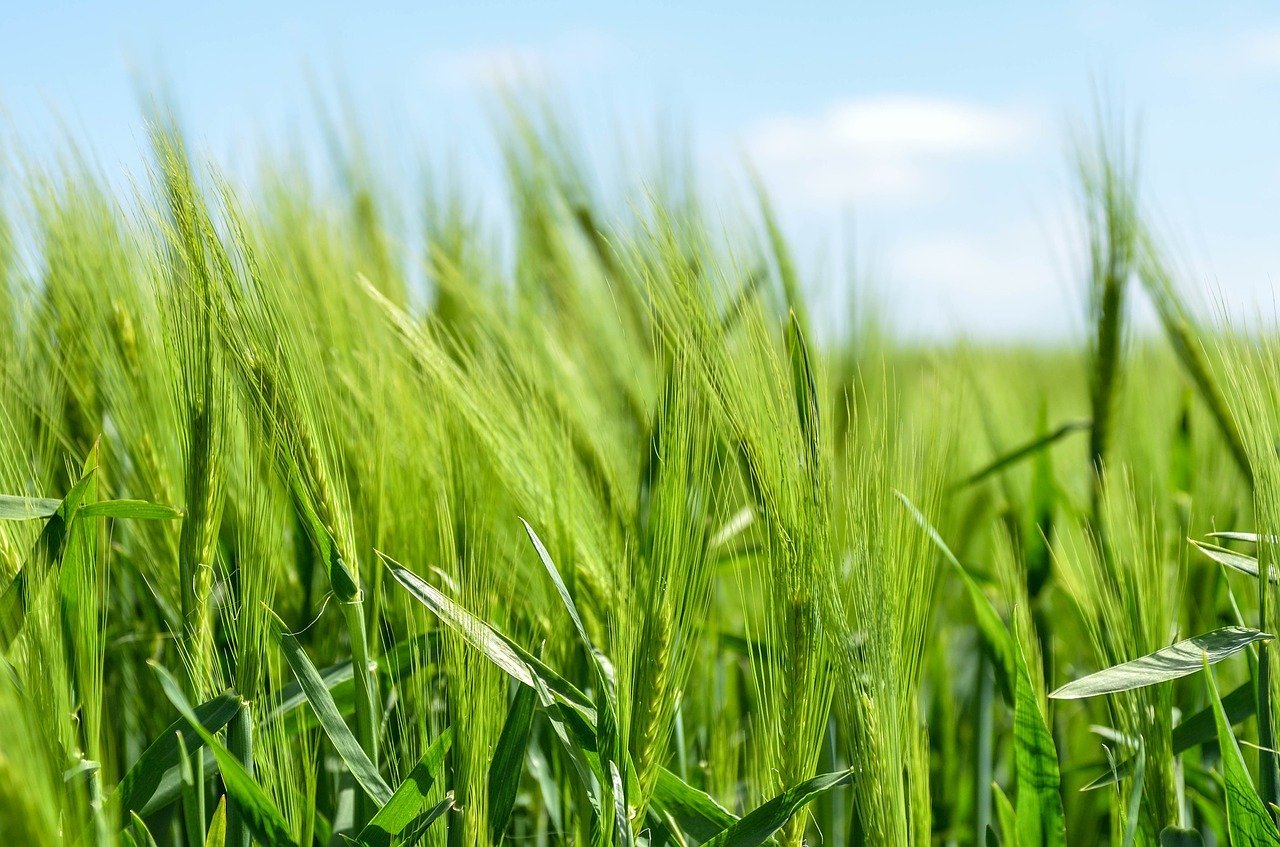Definition of Crop and agricultural classification of crops based upon utilization
Definition of Crop
A crop is an organism deliberately grown with proper care and management and harvested for obtaining yield. As for example, cultivated plants, poultry, cattle, fishes, shrimp, honey bee, silk worm, lac insect etc.
Crop plants refer to those plants which are intentionally grown by men with proper care with a view to fulfilling the requirement of certain needs like food, feed, cloth, oil, timber, shelter etc. Thus men are directly or indirectly benefited by growing crops.
Generally, agronomic crops are grown together collectively and harvested in bulk. They are also known as field crop.
Classification of crop
Classification is an acceptable product of scientific studies and is obviously based on well-defined characteristics or concepts that separate one group from another.
a. The agrarian/agricultural classification of crops based upon utilization is given below:
i. Cereal: Ceres (a Roman word) was the name of a Roman goddess who was the ‘giver of grain’. Cereals are the cultivated grasses grown for their edible starchy grains (one seeded fruit known as caryopsis). In general, the larger grains used as staple food are cereals such as rice, wheat, maize, barley, sorghum. Millets are the small grained cereals which are of minor importance as food and they have a single cover (due to fusion of testa to the pericarp) such as bajri. Millets are also used as staple food in drier regions of the developing countries.
ii. Oil seed:Crop seeds that are rich in fatty acids, are used to extract vegetable oil to meet various requirements, for instance mustard, rape, sesame, sunflower, safflower, castor, linseed, groundnut, soybean.
iii. Pulse: Seeds of leguminous crop plants used as food. On splitting, they produce dal which are rich in protein such as green gram, black gram, pea, cowpea, pigeonpea, soybean, lentil.
iv. Feed and forage crops: It refers to crops used as feed for animals. It includes crops like berseem, cow-pea, field bean, guinea grass, lucerne, maize, napier, oats, para grass, sudan grass, turnips and velvet bean and hay, silage and fodder obtained form the said crops.
v. Fibre crop:Crop plants that are grown for fibre yield. Fibre is obtained from crops, such as cotton, jute, mesta, roselle, sunnhemp and flax;
vi. Sugar crop:Crop grown for the production of sugar are sugarcane and sugar beet.
vii. Spices and condiments: Crop plants or their products are used to season, flavour, taste and add zest and sometimes colour the fresh or preserved food; for instance ginger, garlic, fenugreek, cumin, turmeric, chilli, onion, coriander.
viii. Drug crop:Crop that is used for the preparation of medicines, for instance tobacco, mint.
ix. Narcotics, fumitories and masticatories: Crop plants or their products that are used for stimulating, numbing, drowsing or relishing effects such as tobacco, ganja, opium, poppy, anise.
x. Beverage:Products of crops used for mild, agreeable and stimulating liquors meant for drinking such as tea, coffee and cocoa.
xi. Fruit crop:Jack fruit, mango, pine apple, banana etc are major fruit crops of the country.
xii. Special purpose crop/ industrial crop: Mulberry is the main industrial crop of the country grown only for silk worm and silk production.
